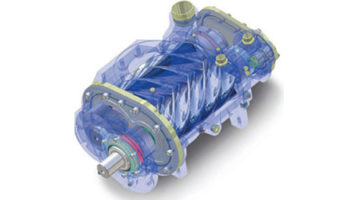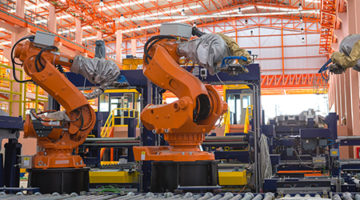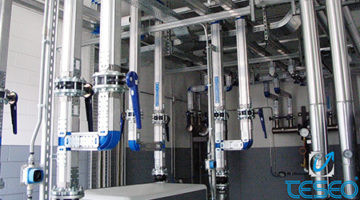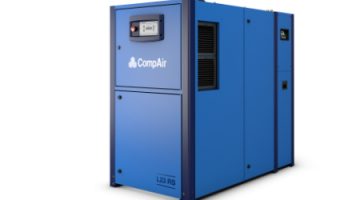
Response was same day, problem diagnosed & parts ordered same day, compressor running by next lunchtime..." The response was the same day and the problem was diagnosed and parts ordered on the same day. The compressor was repaired and up and running the next lunchtime. As always their response is very ...























